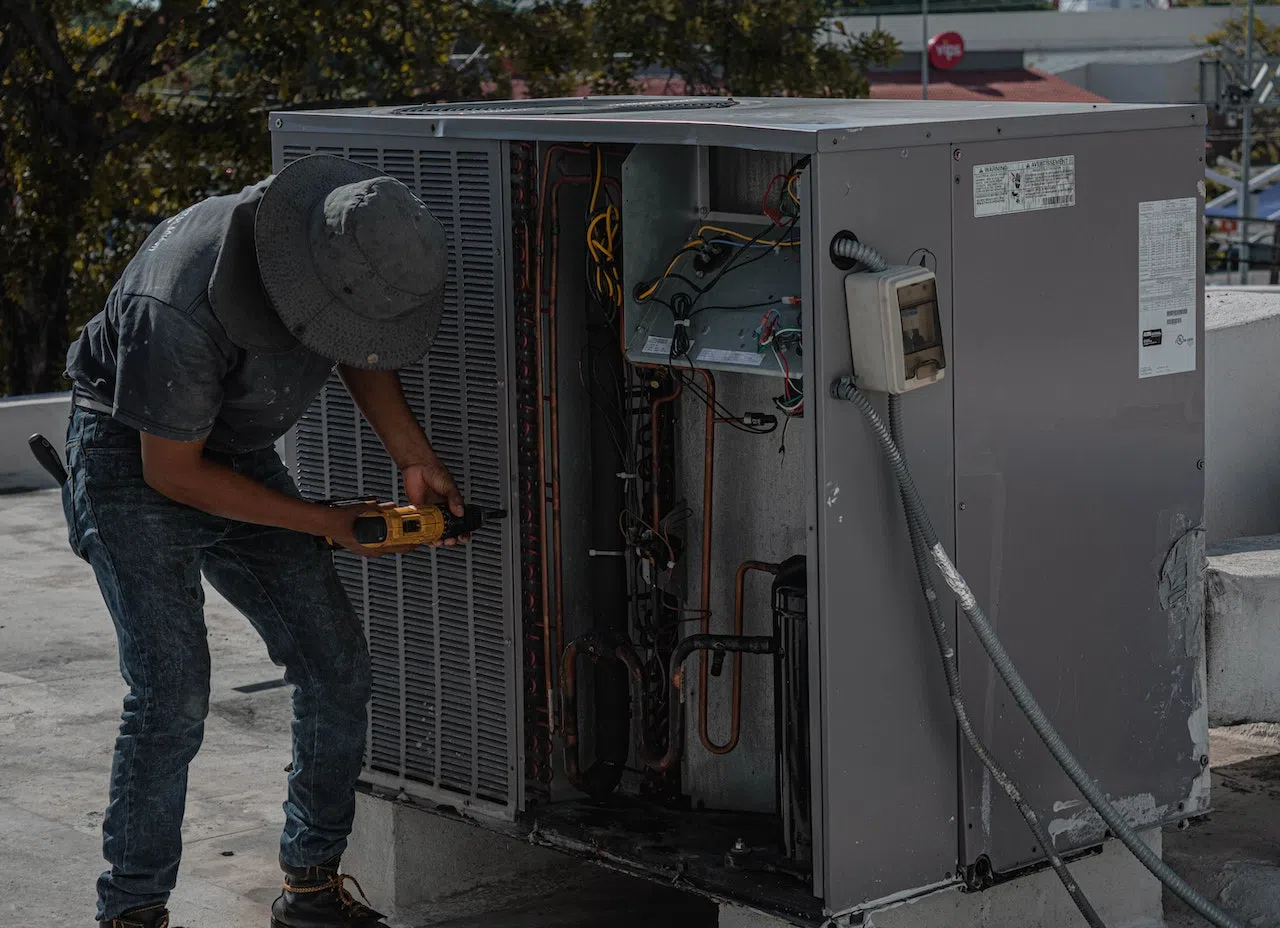Best practices, tips and advice for retaining valued employees.
In this industry, it’s hard to find — and keep — quality engineers, technicians, project managers and sales engineers. And for now, the future doesn’t look much brighter. With baby boomers retiring, fewer students studying science and engineering, and competition from other industries, recruiting and retaining these essential employees will only become more difficult.
Simply putting an ad in the newspaper won’t attract qualified employees. To be successful in today’s market, contractors and HVACR business owners must get creative and make recruitment a priority.
You’ll need to employ new techniques and tap into non-traditional labor pools to recruit talent, avoid common hiring pitfalls once you’ve found a qualified candidate, and create a work environment where employees don’t want to leave.
Unfortunately, few job seekers understand all the opportunities and benefits the HVACR industry offers. Some see the HVACR industry as stale and don’t understand its inherent value. Fortunately, proving its worth isn’t difficult.
HVACR professionals are essential because their work ensures that the places where people live and work are safe and comfortable. Careers in HVACR provide many opportunities for success for those with mechanical aptitude, communication skills and organizational ability.
Unlike some competing industries, such as automotive and telecommunications, careers in HVACR offer job security. Yes, this industry goes through highs and lows like any other, but HVACR is historically stable and less affected by economic cycles than many other industries. Every conditioned building needs designers, installers and service technicians.
Also, HVACR is an ecologically sensitive industry, which is an issue important to young job seekers. Around 80% of young professionals are interested in securing a job that has a positive impact on the environment, and 92% are more inclined to work for a company that’s environmentally friendly, according to a recent poll on MonsterTRAK.com, a job Web site geared toward students and entry-level hires. Concerns about global warming have increased the world’s focus on energy conservation and nowhere is that goal more important than in the HVACR industry.
A career in the HVACR industry means working with advanced technology. HVACR systems are complex and integrated, and have a profound impact on the comfort and efficiency of building owners and occupants.
Whether you are talking to potential job candidates or simply going about daily business in your community, it’s important to tout the extensive benefits of the HVACR industry. Some ways you can promote the benefits of HVACR to potential job candidates of today and tomorrow include:
• Create a recruitment brochure outlining potential career possibilities and the benefits of working in our industry.
• Interview current employees and put together a series of profiles demonstrating why the people chose HVACR careers and what they enjoy about their jobs.
• Get involved in organizations and associations like SkillsUSA, the Society for Manufacturing Engineers and local student HVACR associations.
• Encourage your employees to guest lecture about the HVACR industry at local engineering or technical schools.
• Challenge your employees to work with college or high school teams involved in engineering competitions like FIRST High School Robotics competition, science fairs, etc.
Create development plans and career opportunities for employees so they can grow without leaving the company. Some things to consider:
• Annual employee development plans should focus on shorter-term goals or objectives such as getting acquainted with a product line or technology in two to three months or learning a particular tool in six to nine months. These goals should be measurable.
• Identify specific skills and areas of strength for the employee to focus on. This will highlight an employee’s success, and help him shine in an area he enjoys. For example, if an employee is a good teacher, help him or her develop that skill by becoming a mentor for younger employees.
• Help your employees select professional development opportunities that will help them meet specific short- and long-term goals.
• Talk with your employees about their long-term goals. This will help you craft a more individualized development plan and help them better meet their goals. You would focus on different goals and opportunities for a technician who hopes to be a manager versus one who wants to remain a technician and move up the pay scale.
While generating excitement about HVACR among those in the next generation will pay off in the long run, many HVACR business owners and contractors are struggling today to find qualified and interested job candidates.
We need to tap new talent pools, and one of the most obvious is women.
According to the U.S. Department of Labor (DOL), women made up 46% of the total U.S. labor force in 2006, and are projected to account for 51% of the increase in total labor force growth from 2004 to 2014.
To be sure, the DOL notes of the working women in 2006, the largest percentage of employed women (38%) worked in management, professional, and related occupations; 34% worked in sales and office occupations; 20% in service occupations; 6% in production, transportation, and material moving occupations; and 1% in natural resources, construction, and maintenance occupations.
Clearly, women offer the HVACR industry a massive, largely untapped talent pool from which to draw.
The National Institute for Women in Trades, Technology & Science suggests several ways for technical schools to recruit women into their classes. Some of these same concepts can be applied to your business:
• When you’re talking to potential female employees, tell them specifically that you want women to work at your company. Tell them or connect them with other successful women in the industry.
• Create flyers that feature female role models who have been successful in the industry. Distribute them in your community and surrounding areas— at the gym, church, sports facilities, coffee shops, etc.
• Issue personal invitations to women to job shadow at your company for a day. You might find interested women through your personal and professional network, at job fairs or by offering the experience to students at local technical schools or universities.
• Host a career expo. This event should be held on a weekend or evening to attract already-employed people. The expo could include a panel of your female employees from a variety of career tracks who talk about their work and share information about the application and selection process, as well as tips specific to women in the industry.
Once you’ve lined up potential candidates, consider the intricacies that come with closing the deal to put them on the payroll. It’s important to address both the tangible factors — work environment, hours, benefits, etc. — and the intangible factors that often are the downfall of a hiring attempt.
The candidate’s fear of change often becomes a psychological barrier. The person may be intrigued by the money and increased responsibilities, but that doesn’t mean they’re ready to take the new-job leap.
To avoid this roadblock, communicate clearly with job seekers early in the process. Allay fear of the unknown by giving candidates as much information as possible about their new responsibilities, and allow them to ask questions about areas where they could be uncomfortable.
Early and clear communication also can prevent another pitfall: The candidate uses your offer to leverage a counter- offer from his or her current employer. Avoid this problem by discussing the possibility of a counter-offer and gaining assurance that the candidate would turn it down.
Remind candidates that the average employee stays with his or her employer less than a year after accepting a counter- offer, because underlying job dissatisfaction persists, according to a recent Monster.com article, “Should You Take That Counter Offer?”
Keeping employees satisfied is key to the bottom line, because employee turnover is expensive and time-consuming. Turnover costs more than $10,000 per employee every year at nearly half of the 206 medium-to-large organizations surveyed by William M. Mercer Inc., a New York-based human-resource management consulting firm. The average employee turnover rate is 14.4% annually, according to The Bureau of National Affairs.
Competitive compensation and benefits can be critical to attracting and retaining good candidates. When putting together a compensation package, remember that different types of employees value different benefit options. For instance, salespeople might prefer a lower base salary but a higher commission. Service and controls technicians might look for opportunities for overtime. Meanwhile, employees in a hurricane zone might prefer increased insurance coverage over a higher salary. Smart companies design compensation packages that are competitive and meet market-based needs.
Consider other options — such as preventative health care and wellness programs with fitness center memberships — as possible cost-effective benefits. Don’t forget that perks or noncash rewards to recognize exceptional performance can be critical. Service recognition, event tickets, trips, and public recognition can send strong messages to the HVACR community regarding company culture and values. Examine the issues and needs of your employees and try to develop creative programs to address these needs.
Although many costs associated with these suggestions may seem prohibitive, as well they may be, you must evaluate the costs of current turnover, analyze the reasons for the individual organization, and develop strategies that in the long term are less costly than continued turnover. Some of these suggestions may not be so costly in comparison.
Hiring people who are a good “fit” within the culture of your organization — meaning their values, principles and goals align with those of your company— and training them as necessary will go a long way toward ensuring employee loyalty and retention.
Some people wonder: “What happens if you train a new technician or engineer and he leaves?” The answer is always the same, “What happens if you don’t train him and he stays?” If you want to run a high-quality HVACR company, it is imperative that new employees be properly trained.
Most companies with low turnover rates are very employee oriented. They ask for input and involvement from all employees and maintain a true “opendoor” policy that avoids closed-door meetings. Employees are given ample opportunities for advancement. Reward your employees for a job well done and show them they have a voice and are recognized for their contributions.





